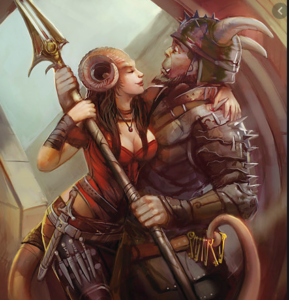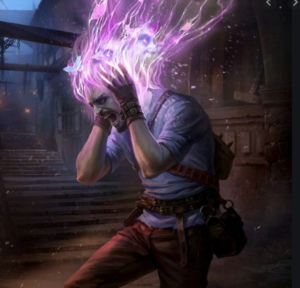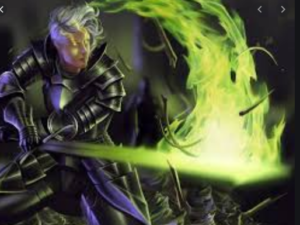In this hand of radiance spell you create to lift your hand, and also burning the radiance erupts from it. Each and each creature of your choice which ready to you’ll able to see within a variety mainly 5 feet of you want to be succeeded on a constitution saving throw instead take 1d6 radiant damage.
Actually, this dnd spells damage would increase by 1d6 whenever you reach the 5th level (2d6), 11th level (3d6), and also at the 17th level (4d6). There’s a little variation within the hand of radiance vs word of radiance. You’ll check details about the hand of radiance within the above lines and therefore the word of radiance is out there in level 0 (cantrip) and it’s a casting time of 1 action.

Word Of Radiance 5E
- Casting Time: 1 action
- Range: 5 feet
- Components: V, S, M
- Duration: Instantaneous
- Scales: Yes
- Casters: Cleric
By speaking one divine word, the caster emitted a burst of radiance that burned selected creatures within a variety of 5 feet (1.5 meters) that we’re unable to resist its effect. The intensity of the holy light increased because the cleric became more responsible and powerful.
Just like in the other magical world, spells in D&D are often used from anything to blasting any enemy away with one hand gesture, to ridding an ally of poison, to easily add a touch more flavor to your dinner. Got to interrogate a passing cow? There is a spell for that. Got to summon a noble steed out of thin air? There is a spell for that. got to make a corpse glow within the dark sort of a Halloween-themed nightlight? Yes, there’s even a spell for that.
Much like the variability of classes, the variability of spells reflects the very fact that there is tons more to D&D than smashing through hordes of goblins. Not all spells were made equally, either, and discussion of this imbalance ranges from frustration about “broken” game mechanics to gleeful hand-rubbing at the prospect to be a god of your world. For this list, we’ll be ranking spells that cause the most damage or enable a user to wield scary levels of power.
This build is fairly simple. Limiting our damage options to fireside damage and radiant damage is extremely limiting, but those still include many of the simplest damage spells within the game. within the party, this is often primarily a ranged spellcaster, but with medium armor and a shield, we will still interpose ourselves between weaker allies and things with spears and teeth if they slip past our more melee-oriented allies.
There are restrictions on using a bonus action to cast a spell. Remember if you cast a leveled spell (spell level 1-9) as a bonus action you’ll only cast a Cantrip as your action during your turn. With an eye fixed on the bonus action economy maximum your PC’s spell utility in combat.
The level nine enchantment only works on creatures with 100 hit points or fewer, but aside from that, there are not any downsides to the spell. Nothing happens if the spell fails aside from you will be ready to confirm the minimum number of hit points the creature you targeted has. As power goes, it’s pretty god-like. You better pray you do not meet an enemy Wizard that knows it.








